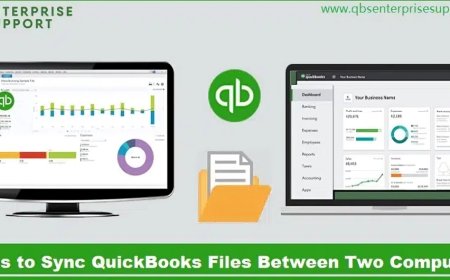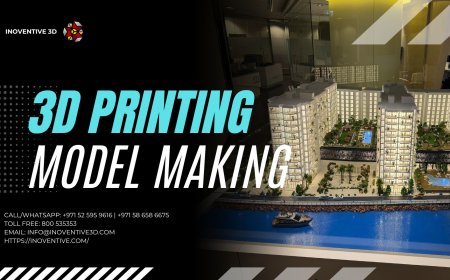Create a Wish List as if Each Wish Floats in Its Own Bottle Motivation in Learning Strategies
Discover how visualizing each learning goal as a wish in a floating bottle can inspire students to stay motivated and focused using creative learning strategies.

Imagine walking along the shore of an endless ocean. With each wave, a bottle gently washes up at your feet. Inside every transparent container lies a wishdelicate, handwritten, glowing with hope. These aren't ordinary wishes; they are intentions, goals, and dreams rooted in education. Each bottle holds a specific sparka moment of inspiration, a burst of curiosity, a deep desire to understand. Together, they compose a wish list for every learner searching for meaning and effectiveness in their journey. What links them all is one powerful, unseen thread: motivation for learning
Let Curiosity Be the Compass
Curiosity is often the first silent whisper that leads us to ask questions, dive into books, click on video lessons, or engage in discussion. It's the natural energy that propels a learner into the unknown. But curiosity must be nurtured. The environment matters. A learner immersed in a rigid or disengaging setting may see their natural desire to learn wither.
Educators and learners alike should design learning environments that celebrate questioning over mere answering. Allow room for exploration. When learning is led by curiosity rather than fear of failure, motivation becomes organic. This emotional fuel can be integrated into learning strategies by providing choices in assignments, allowing student-led projects, or incorporating real-world problems that ignite interest.
Make Goals a Guiding Star
Without direction, learning can feel like wandering through fog. Goals give learners a purpose and a pathway. But more than just setting academic targets, effective goals are personal and flexible. A student who wants to improve their writing not just for grades but to tell better stories, has tapped into intrinsic motivation.
Strategic goal-setting is essential for motivation to translate into progress. Breaking large objectives into smaller, manageable tasks helps build momentum. Tracking progress visuallywhether through journals, apps, or progress boards adds clarity and positive reinforcement. When learners see themselves moving forward, even incrementally, they become more committed to the journey.
See Failure as Fertile Ground
One of the most powerful bottles to wash ashore contains a wish that seems contradictory: "Let me fail, and let me learn from it." Yet, this is foundational to resilience. Learners often fear failure because it is tied to shame or disappointment. However, failure can be the most effective teacher when framed as part of the learning process.
A growth mindsetbelieving intelligence and ability can be developed through effortis essential here. Educators can incorporate this into strategies by celebrating mistakes as milestones, encouraging reflection after setbacks, and modeling how to process failure constructively. This wish doesn't seek perfection. It seeks the strength to rise again, wiser than before.
Let Emotions Join the Journey
Learning is not a purely cognitive task; it's deeply emotional. Joy, frustration, pride, anxiety all accompany a learner as they navigate new material. Emotional regulation becomes a critical skill. A student who knows how to calm themselves after a tough test or manage excitement during a presentation is more likely to stay engaged.
Teaching emotional intelligence in tandem with academic skills can lead to significant gains. Strategies such as mindfulness exercises, journaling, or classroom circles where students share experiences create a balanced emotional ecosystem. This allows motivation to persist even when content becomes challenging.
Value Autonomy Over Compliance
Another wish floats ina desire to be trusted. Learners yearn to have control over how they learn. When students are treated as active participants rather than passive receivers, motivation surges. Autonomy isn't about doing whatever one wants; it's about choice within structure.
Educators can offer autonomy by giving learners a say in selecting topics, choosing the format of assessments, or designing personal learning timelines. When students feel ownership over their education, they become more invested. This directly links with the idea of integratingmotivation in learning strategies,not as a side note, but as a core element. One of the key elements that bridges all these wishescuriosity, resilience, emotional engagement, goal-setting, and autonomyis the deep and thoughtful integration of motivation learning. Without this core, learning remains mechanical. With it, education becomes transformative. Motivation is not a bonus feature; it's the engine that drives effective learning. Strategic implementation involves recognizing individual student needs, designing flexible systems, and using evidence-based tools like self-determination theory, which emphasizes autonomy, competence, and relatedness as essential ingredients for motivation. Educators and students who consciously embed motivation into learning strategies see higher engagement, better retention, and a stronger sense of purpose.
Celebrate the Journey, Not Just the Destination
Learning isnt only about arriving at the right answer. Its about the discoveries made along the waythe aha moments, the struggle that turns into clarity, the process of creating something new. This wish asks that we not reduce learning to scores and rankings, but honor the process itself.
Portfolios, student showcases, reflective essays, and creative presentations allow learners to document and celebrate their journey. When these artifacts are recognized by peers and mentors, motivation is boosted, not by competition but by shared pride.
Create Connections that Count
Humans are social learners. A powerful motivator in education is the feeling of belongingknowing that one's thoughts, struggles, and achievements matter within a community. Whether in a classroom, a virtual study group, or a mentorship relationship, learning thrives in connection.
Learning strategies should leverage collaboration. Group projects, peer reviews, discussions, and cooperative games foster interaction. They provide students not just with academic gains but emotional reinforcement that keeps motivation high. When a learner knows they are not alone, challenges become easier to face.
Make Meaning the Mission
The final bottle in this series carries a profound wish: "Let my learning matter." Students want to know that what theyre studying connects to the world, to their dreams, to who they are becoming. Relevance is key.
Educators can enhance relevance by tying lessons to real-world issues, career paths, cultural heritage, or personal interests. When students see the why behind what theyre learning, the how becomes more exciting. Motivation here is not manufactured; it's awakened.
Conclusion
Each of these bottles carries a personal and universal wish. Together, they guide educators and learners toward a more human-centered, inspired approach to learning. No single strategy guarantees success, but when these wishes are honored, when curiosity is encouraged, goals are respected, failure is embraced, emotions are supported, autonomy is given, journeys are celebrated, connections are fostered, and meaning is made, motivation stops being elusive. It becomes the very current that carries us forward.



































